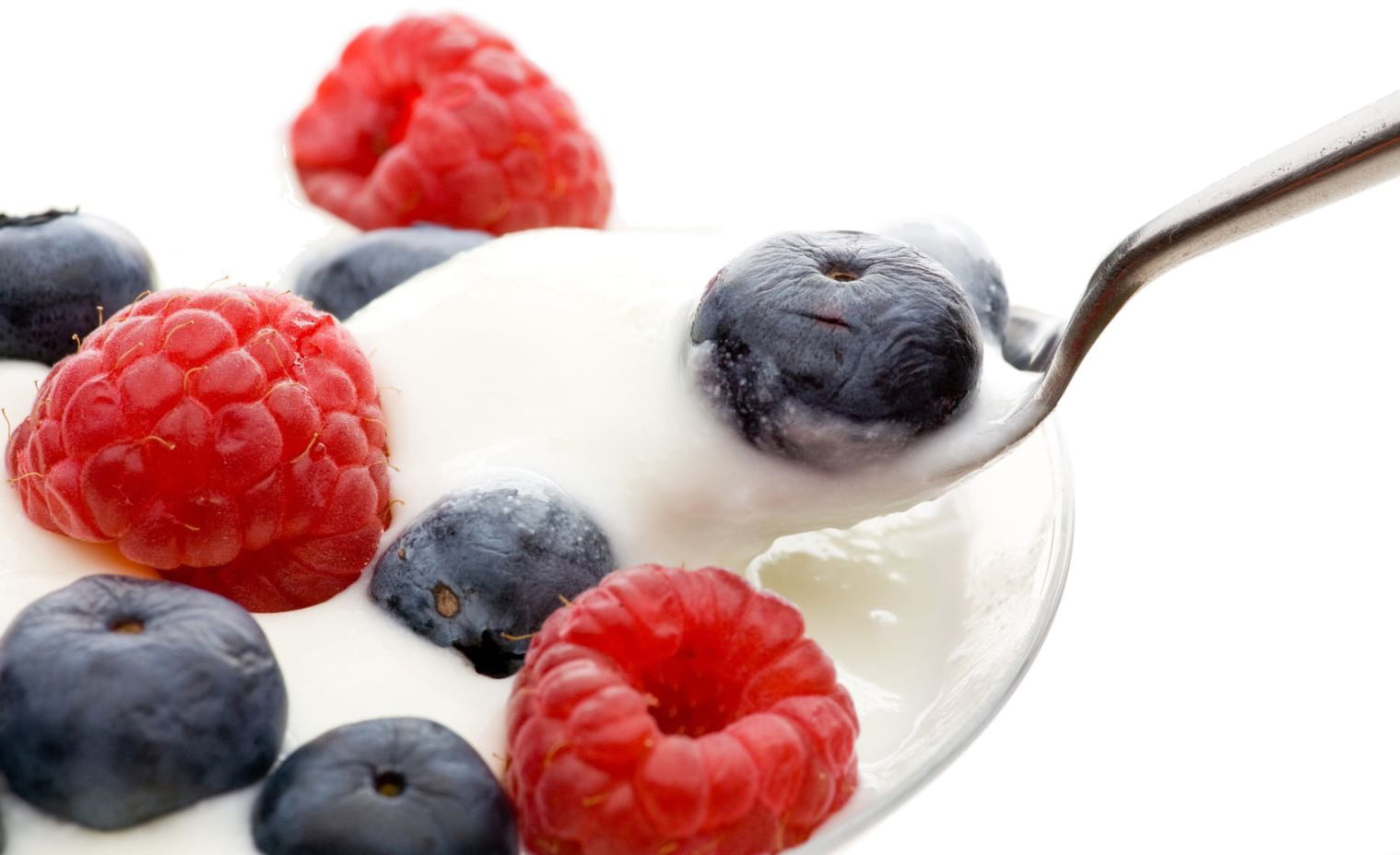Gym tells woman to cover up because her toned body 'intimidated' others
By Charlene Sakoda on March 19, 2014 5:19 PM

The Planet Fitness gym in Richmond, California is standing behind their dress code policy after one member claimed that she was told to put a shirt over her intimidatingly toned body.
As reported by KTVU Channel 2, Tiffany Austin was recovering from a car accident and getting back in shape with her first workout at the gym. However, her time exercising was cut short when a Planet Fitness employee stopped her. Austin explained, “She says, you know, ‘Excuse me, we've had some complaints. You're intimidating people with your toned body. So can you put on a shirt?’”
Ms. Austin was wearing a spaghetti strap tank top and capri pants with her midriff exposed, and she doesn’t think her attire was out of line. “I don’t feel like it’s anything crazy, but I mean you tell me if it’s burning your eyes,” Austin said with a laugh. Reportedly she was only told that the gym dress code prohibited wearing string tank tops. The Planet Fitness customer agreed to wear one of the shirts the gym provides patrons for free, but while she waited for the tee, another employee approached her with objections to her clothing. Feeling harassed and intimidated herself, Austin decided to get her money back and cancel her membership at the gym advertised as the “Judgement Free Zone” whose policy bans “gymtimidation.” McCall Gosselin, Planet Fitness spokesperson, said that criticizing Austin for being toned, “…is not in line with the Planet Fitness policy whatsoever.”
According to their website, Planet Fitness’ philosophy of a Judgement Free Zone, “means members can relax, get in shape, and have fun without being subjected to the hard-core, look-at-me attitude that exists in too many gyms.” It’s a policy that is attractive to many Americans. With over 5million members, Chris Rondeau, the co-founder and chief executive, says the gym chain is the fastest growing in the U.S. “It’s unfair to like, show off your body and that’s what they don’t want,” said a gym-goer to KTVU. Yahoo! Odd News made a call to the Richmond, California Planet Fitness and was told that while the dress code is not available on the gym’s website, signs within the gym explain the policy.
Director of the Athletic Studies Center at UC Berkeley, Derek Van Rheenen, told the station, “In a lot of ways I actually think what Planet Fitness is doing is a positive thing. I think they obviously need to iron out some of these issues. But you know, sport in the United States is by nature discriminatory. It is selective. It is elitist."
Planet Fitness does have its detractors who say that some of their policies go too far. In November 2006 Albert Argibay was removed by police from the Planet Fitness in Wappingers Falls, NY. Reportedly, Argibay had broken the gym’s rule of no grunting, though he says that he was just breathing heavily. The no grunting policy may be what Planet Fitness is most known for. The gym sounds its “lunk alarm,” a siren and flashing lights, whenever a gym-goer is found displaying lunk-like behavior. Posters are said to define a lunk as “one who grunts, drops weights, or judges.”
With membership rates that start at just $10 per month, and monthly pizza nights and bagel breakfasts, the gym chain is likely to keep attracting their target demographic of occasional exercisers.
Labels: exercise, intimidating toned body, planet fitness, planet fitness sucks, problems with planet fitness, wellness











